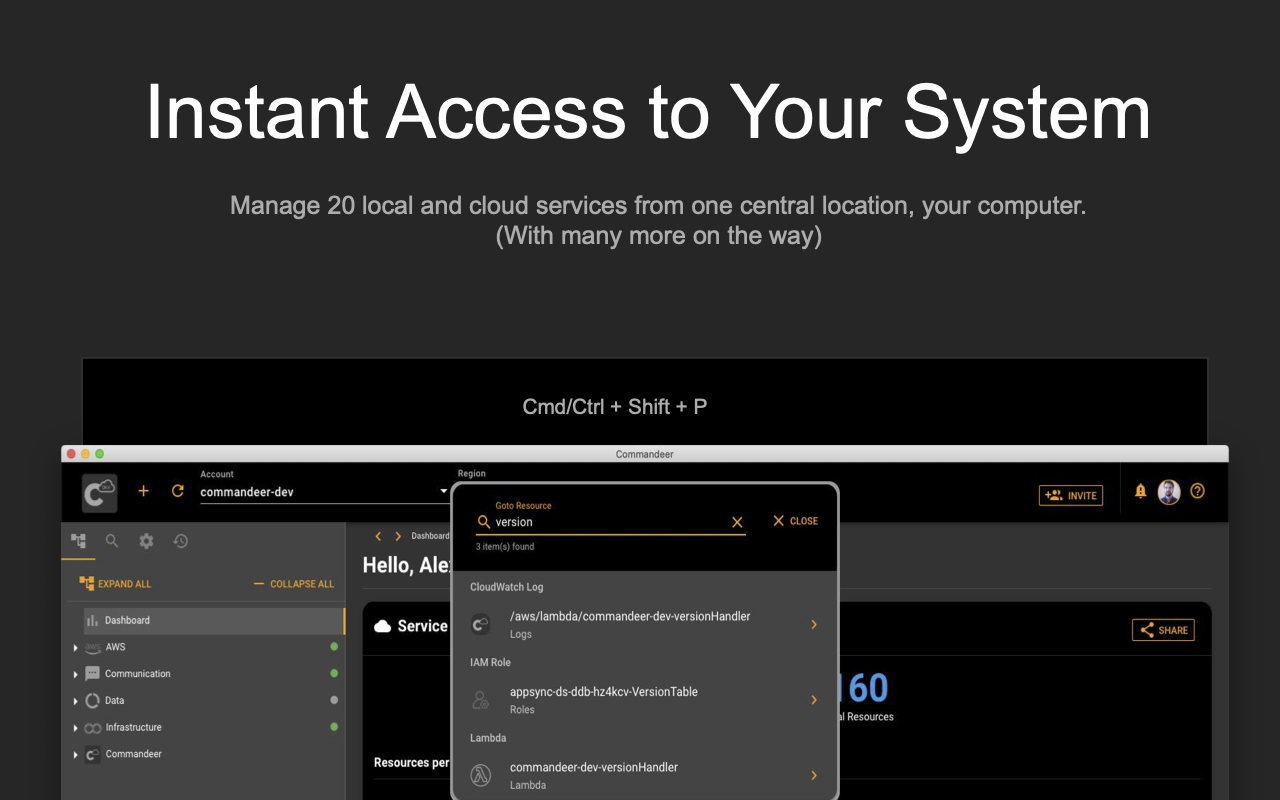Lxd/lxc and Docker aren't congruent so this comparison needs a more detailed look; but in short I can say: the lxd-integrated administration of storage including zfs with its snapshot capabilities as well as the system container (multi-process) approach of lxc vs. The limited single-process container approach of Docker is the main reason I chose lxd over Docker. NextCloud 12 ARM docker container for Raspberry Pi appliances (Docker, Snappy, VM) image Hello, I would like to introduce the containerized version of NextCloudPi. NextCloudPi is an official NextCloud image that is ready to use for Raspberry Pi 2 and 3. First we'll need Snap. Install snapd on either Ubuntu or Debian: $ sudo apt install snapd Getting Snapcraft If you're running Ubuntu 16.04 and up, Snapcraft is already part of your distro. If you're running another operating system you can use their Docker image to run Snapcraft on an Ubuntu 16.04 base.
Applications
Install snapd on the docker host mount the snapd-socket at runtime into the container that has snapd installed. But same warnings/side-effects apply as they do to running docker-in-docker.
In this section I´m going to list a couple of applications which I´m using for my desktop and how you can easily install them from your shell. Of course, it´s not a must and it´s up to you which of them you´d like to install.
Google Chrome
Firefox is pre-installed on Ubuntu as well as on CentOS but I´m for years now with Chrome and I´m still satisfied.
Ubuntu
CentOS
Snap (package manager)
This package manager is pre-installed and ready for use on Ubuntu but not on CentOS. Nevertheless, we can install it subsequently via the Extra Packages for Enterprise Linux.
Add the EPEL repository:
Install and enable snapd:
The command line interface snap is ready for use:
Visual Studio Code (VSCode)
VSCode is a powerful open source cross-platform editor and definetely one of my absolute favorite tools so far and indispensable for our desktop.
Option 1: Installation via snap
Option 2: Step by Step
Ubuntu
Repository and key:
Install:
CentOS
Repository and key:
Docker Snapdragons
Install:
[Extension] VSCode Settings sync
VSCode has a REALLY rich extensibility model which gives you everything you need to work even more efficiently and faster. It´ll not be possible to avoid that more and more extensions and other niceties are added to your installation and as of today it´s not possible to have everything consistent across different systems or platforms through an Online-Account like you have e.g. for Google Chrome.
Thus I´d like to recommend using the VSCode Settings sync extension for it. It uses your GitHub account (required) token and Gist, to give you the ability to upload as well as download your settings, snippets, themes and so forth.
Just search for the extension at the marketplace, install it, select LOGIN WITH GITHUB (get redirected) and follow the instructions. Since you´ve created your Gist-ID you´re ready to go to upload as well as to download your settings.
Shortcuts
- Upload Key : Shift + Alt + U
- Download Key : Shift + Alt + D
(on macOS: Shift + Option + U / Shift + Option + D)
Set VSCode as default editor for Git
Open your terminal and execut: git config --global core.editor “code --wait”
Source: https://git-scm.com/book/en/v2/Customizing-Git-Git-Configuration
Remmina
Remmina is a Remote Desktop Client which supports multiple network protocols like e.g. RDP, VNC, SPICE, NX, XDMCP and SSH.
Content sharing
I was looking for a workspace where I can share content, mainly files like scripts or specification-files (.yml, .json) across platforms. It´s possible by default to activate Online Accounts (Figure II) like e.g. Google or Nextcloud in both distributions through the System Settings.
Dropbox for Linux
I decided to try Dropbox due to the availability of an already existing account.
Ubuntu
Dropbox Headless:
Installing the Dropbox CLI:
Enable Dropbox to start automatically after every reboot:
Reload system daemon:
Enable the new Dropbox service:
Start the service:
CentOS
Dropbox Headless:
By executing /opt/dropbox/dropboxd you should be forwarded to the Dropbox homepage where you have to login to authenticate the connection request. After this, quite the running Dropbox on your terminal with ctrl + c.
Creating the init.d file:
Creating the systemd unit file:
Set the appropriate permissions for the newly created files:
Add users to be able to run Dropbox:
Reload system daemon:
Enable the new Dropbox service:
Start the service:
Installing the Dropbox CLI
Docker Engine - Community
Another must!
Option 1: Installation via snap
Option 2: Step by Step
Ubuntu:
Snapdrop Docker-compose
CentOS:
After adding your user to the docker group, you have to logout and login first, so that your group membership is re-evaluated.
Docker Compose
A tool for deploying multi-container applications which services are specified in a YAML file.
VMware Remote Console
Download: https://www.vmware.com/go/download-vmrc
VMware OVF Tool
Download: https://code.vmware.com/web/tool/4.3.0/ovf
These two binaries were downloaded locally (to my Notebook) first, then got packed into a zip archive and copied via scp to my desktop(s).
Unpack afterwards:
Make them executable and start the installation:
Enpass

A secure vault which is available for all mobile and desktop platforms.
Ubuntu:
Snapdrop Docker
CentOS:
Change Log:
Docker Snapd
- [2020-03-18]: Added Snap (package manager); Remmina (Remote Desktop Client); Section “Content sharing”; Dropbox client
